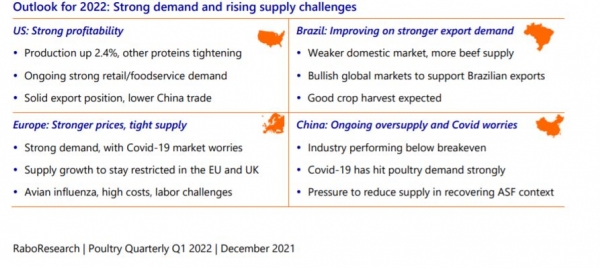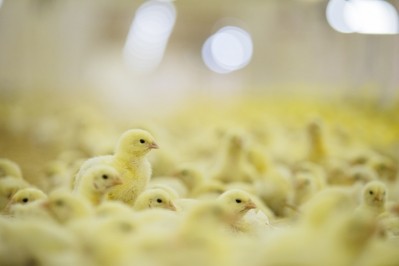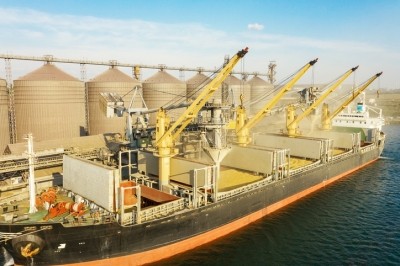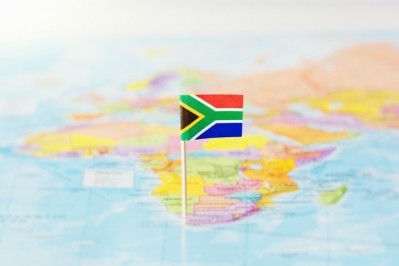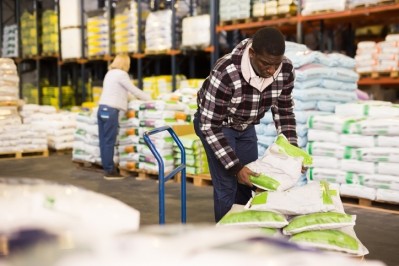Global poultry demand on the rise but 2022 will see ongoing high feed commodity costs and additive prices
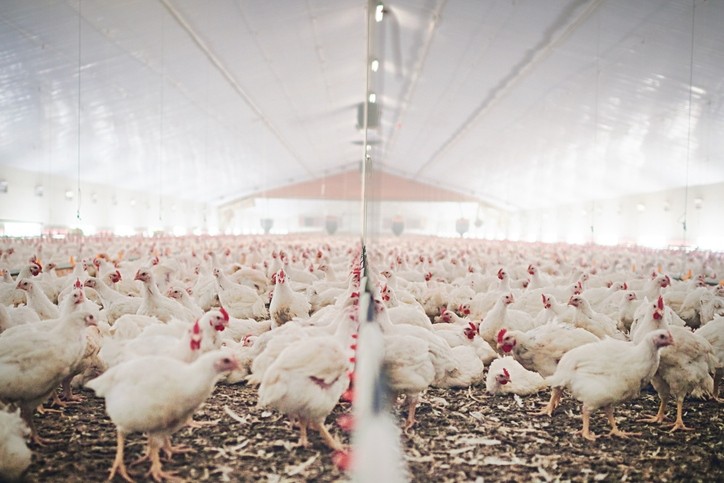
Its latest poultry report though cautions that managing supply will be a key challenge in the coming year.
Input costs are expected to stay elevated in 2022, in particular in relation to feed and feed additives, labor, logistics, energy, and construction.
Indeed, Rabobank expects a 5% increase in feed commodity costs in the first half of next year, with prices for corn and soybeans expected to peak in the third quarter.
Wake-up call for industry
Along with ongoing high logistical and energy costs, and avian influenza (AI) pressure in Europe, Asia and Africa, tight global labor availability will be a challenge for poultry production, said the team.
Labor related hurdles are increasingly restricting poultry expansion, they said.
In some markets, like Thailand and the UK, the lack of labor has pushed the industry to temporarily reduce production. The US and EU industries have also been affected by worker issues, noted the poultry market specialists.
The reasons for this include immigrant workers not returning to plants after lockdowns and because of government regulations, said the analysts. This tight labor availability has become a wake-up call for the industry, which has depended too heavily on immigrant workers, they stressed.
“Operational challenges are impacting production of a whole range of inputs for the supply chain leading to limited availability and or high prices for components like fertilizer, feed additives, and geentics/breeding stock."
Logistical challenges
This situation is further impacted by a difficult logistics context, with organizing shipments made more difficult by limited container availability and high transport prices, they noted.
“Some production facilities, especially for inputs in China, have reduced capacity, while others have been affected by high energy prices.”
Nan-Dirk Mulder, senior analyst, animal protein at Rabobank, said these high input prices will push poultry producers to focus on yields, procurement, and efficiency in the value chain to reduce feed and labor use.
Global trade strong but volatile
Global poultry demand will be strong but volatile given the supply-side restrictions. Rabobank expects the market to see ups and downs in line with COVID-19 developments and resulting government measures.
“A big challenge for producers in 2022 will be managing volatility in demand in a context of supply chain challenges,” said Mulder. “There is some downward pressure on wet markets. Some cities, for example in China and some Southeast Asian countries, have permanently closed wet markets in urban areas. This will mean an ongoing shift from an informal to a more formal chain and more processed meat demand. At the same time, we see fast growth in online food distribution and home delivery in many markets.”
Poultry prices on the rise
The combination of stronger demand and the supply challenges will create an environment of stronger chicken prices.
“The restricted supply and high input costs will, in our view, lead to relatively high global chicken prices until well into 2022 in most regions. In response, producers will look to step up investments in new capacity, although these will be slow due to high investment costs and uncertain market conditions. Producers will, therefore, focus on optimizing existing facilities to increase productivity, but in general, it will keep supply relatively tight,” said Mulder.
